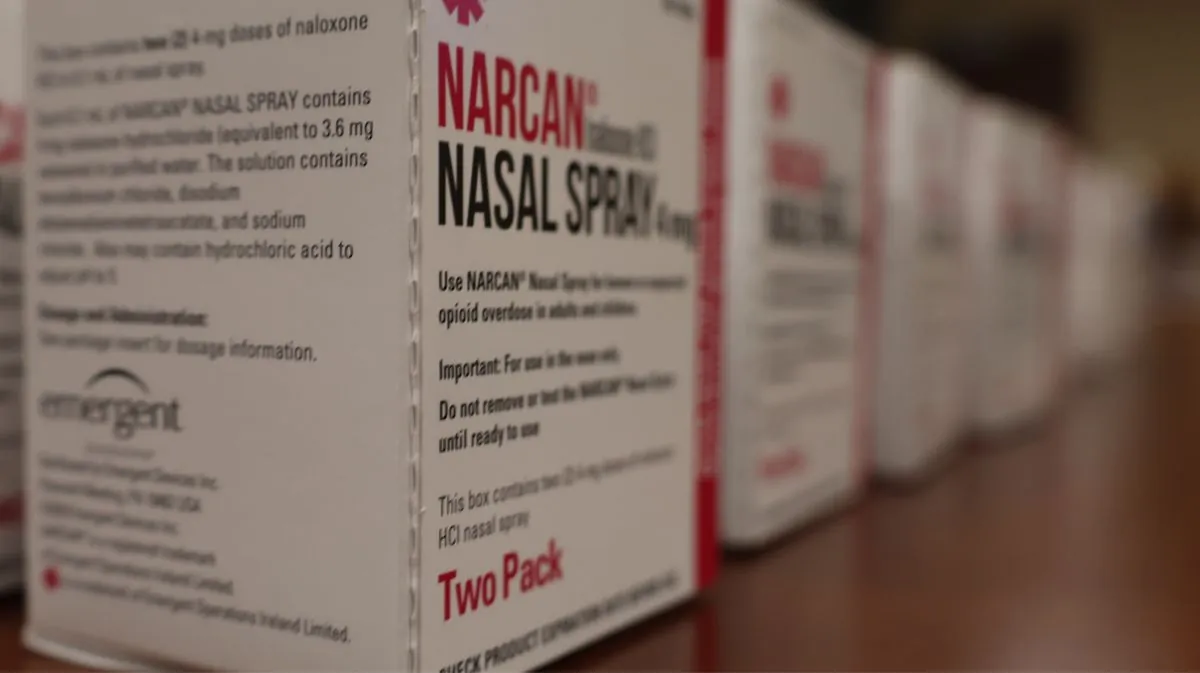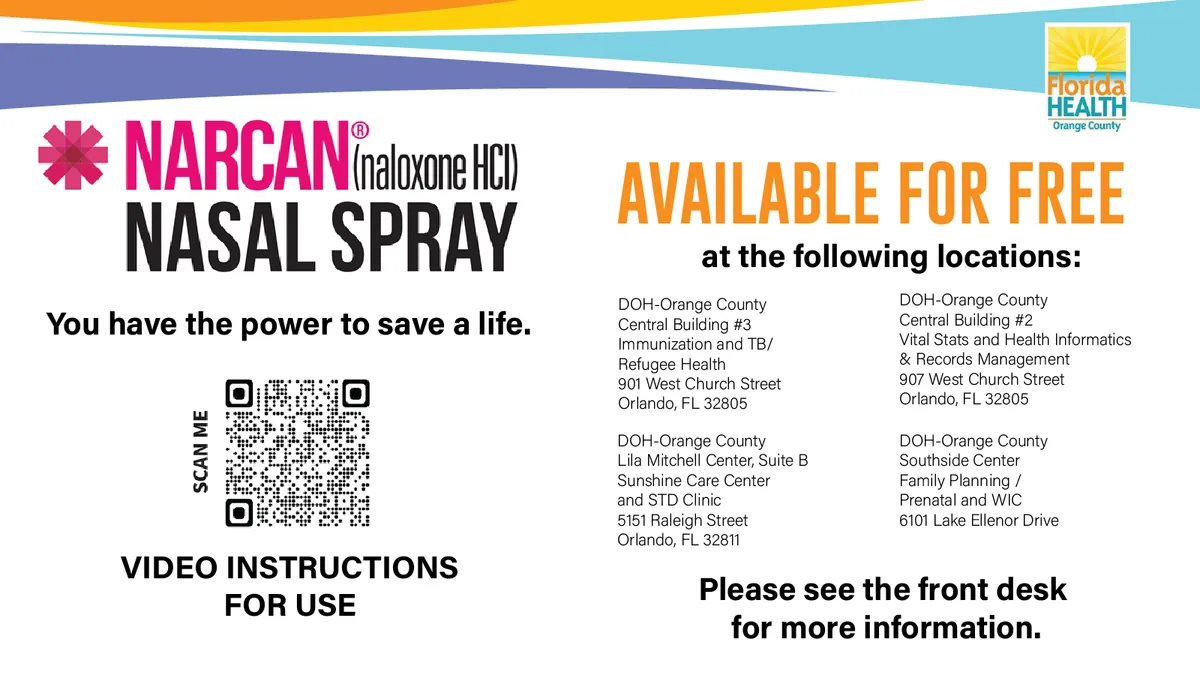US Overdose Deaths Decline: A Turning Point in the Opioid Crisis?
Preliminary data shows a 10% drop in US overdose deaths, potentially signaling the effectiveness of anti-fentanyl efforts. Experts remain cautious, citing complex factors behind the decline.

Recent data from the Centers for Disease Control and Prevention (CDC) indicates a significant decrease in overdose deaths in the United States, potentially marking a turning point in the ongoing opioid crisis. The preliminary figures reveal a 10% reduction in fatalities during the 12-month period ending in April 2024, with approximately 101,000 individuals succumbing to overdoses.
This decline comes after years of escalating overdose deaths, which reached unprecedented levels in recent years. In 2021, the nation witnessed over 100,000 overdose deaths for the first time, followed by a record high of nearly 110,000 confirmed deaths in 2022. The current downward trend, if sustained, could represent a historic moment in public health efforts to combat substance abuse.
Several factors may be contributing to this positive shift:
- Increased availability of naloxone, an overdose-reversal medication
- Improved access to opioid addiction treatment
- Enhanced law enforcement efforts targeting illicitly manufactured fentanyl
- Potential changes in the illicit drug supply
- Reduced social isolation as pandemic restrictions ease
Rahul Gupta, director of the White House Office of National Drug Control Policy, attributes this decline to the administration's dual approach of strengthening public health initiatives while intensifying efforts to disrupt drug supply chains. The Biden administration has implemented various strategies, including:
- Record seizures of fentanyl at ports of entry
- Increased sanctions on individuals and entities linked to the global drug trade
- Capture of Mexican cartel leaders
- Securing a pledge from China to curb the export of chemicals used in synthetic drug production
- Allocation of billions of dollars to states for overdose reduction campaigns
- Expansion of harm reduction strategies
- FDA authorization of over-the-counter naloxone nasal spray (Narcan)
- Simplified process for doctors to prescribe buprenorphine for opioid use disorder treatment

Despite the encouraging trend, experts caution that the situation remains complex and fragile. Daniel Ciccarone, a researcher at the University of California at San Francisco School of Medicine, describes the overdose decline as "both welcome and perplexing." Some researchers speculate that the decrease may partly result from a reduced population of potential victims due to the devastating impact of fentanyl in recent years.
Regional variations in overdose trends persist across the United States. While states like North Carolina, Ohio, and Pennsylvania have seen significant declines, western states such as Alaska, Oregon, and Washington have reported increases in overdose deaths. This disparity underscores the need for tailored approaches to address the crisis in different areas.
The opioid epidemic has also become a contentious political issue, particularly in the context of the ongoing presidential campaign. The crisis has sparked debates about border security, immigration policies, and the role of international cartels in drug trafficking. Both major political parties have proposed various solutions to address the fentanyl crisis, highlighting its significance in national discourse.
As the nation grapples with this public health challenge, it is crucial to maintain vigilance and continue supporting evidence-based interventions. The current decline in overdose deaths offers hope, but sustained efforts will be necessary to ensure long-term progress in combating the opioid epidemic.
"This will be a historic moment for public health. Something has changed — that I'm sure of. Where the direction lines go from here, I have no idea."
While the recent data provides reason for cautious optimism, it is essential to recognize that the opioid crisis remains a complex and evolving challenge. Continued research, policy innovation, and community-based interventions will be crucial in maintaining and building upon the progress made in reducing overdose deaths across the United States.


































